It’s no longer hyperbole to say that anyone can be a photographer, especially in the automotive space. The increased popularity of social media platforms like Instagram and TikTok, as well as the accessibility to high-quality equipment, software, and tutorials, have given rise to endless accounts focused on both still photography and videography.
The barrier to entry is now lower than ever, and resources to upskill yourself are plentiful. There is no reason why you can’t create visually appealing work with just your phone camera or a simple setup on a shoestring budget.
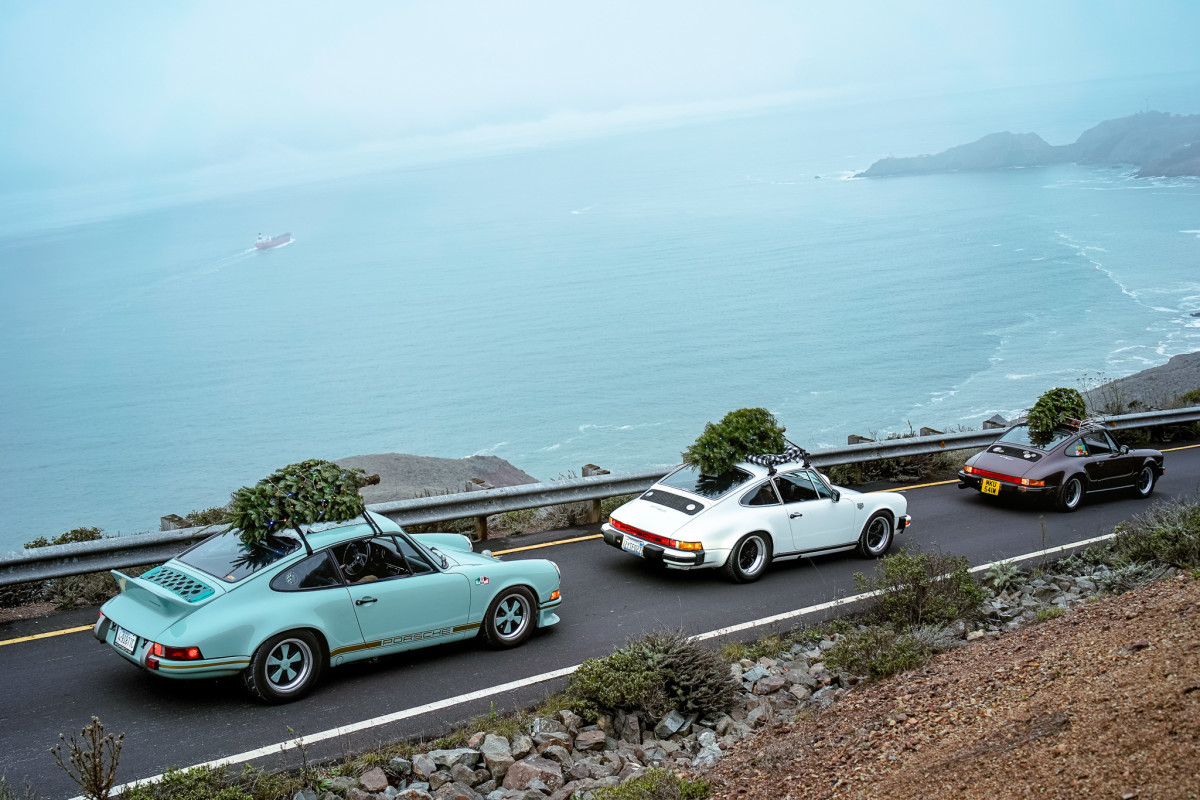
Vijay Sankar
The irony of creating a guide on how to create artistic visuals is that it goes against the whole idea of innovation and original thinking; no such set formula exists. However, there are a few steps that can be useful in honing your skills, and we’ve enlisted the help of award-winning photographer Vijay Anil for some tips.
Over the years, Vijay has been a featured photographer/artist for Avants, Speedhunters, Porsche Air|Water, Laguna Seca Raceway, 000 Magazine, Audi Club of North America, Shutter Hub, IAP Awards, McMurtry Automotive, Velocity Invitational, and more. To call him accomplished would be an understatement.
Gabriel – AutoBlog: Tell us a bit about your creative process in automotive photography.
Vijay: Growing up, I was inspired by the aesthetic features of cars, mostly by just observing these dream machines in print magazines back in India.
Later, it evolved into an interest in the mechanical and storied aspects. Now, when I pick up a camera, I aspire to tell a story through my imagery. There is a lot of planning and research that go into creating thematic elements in my work. My photography and journalism are centered around cars, their history, the community, the technology, and the beautiful places they take us. I try to forge a connection between these aspects in my photos instead of presenting cars as a standalone. The possibilities are endless, and the process is highly rewarding.
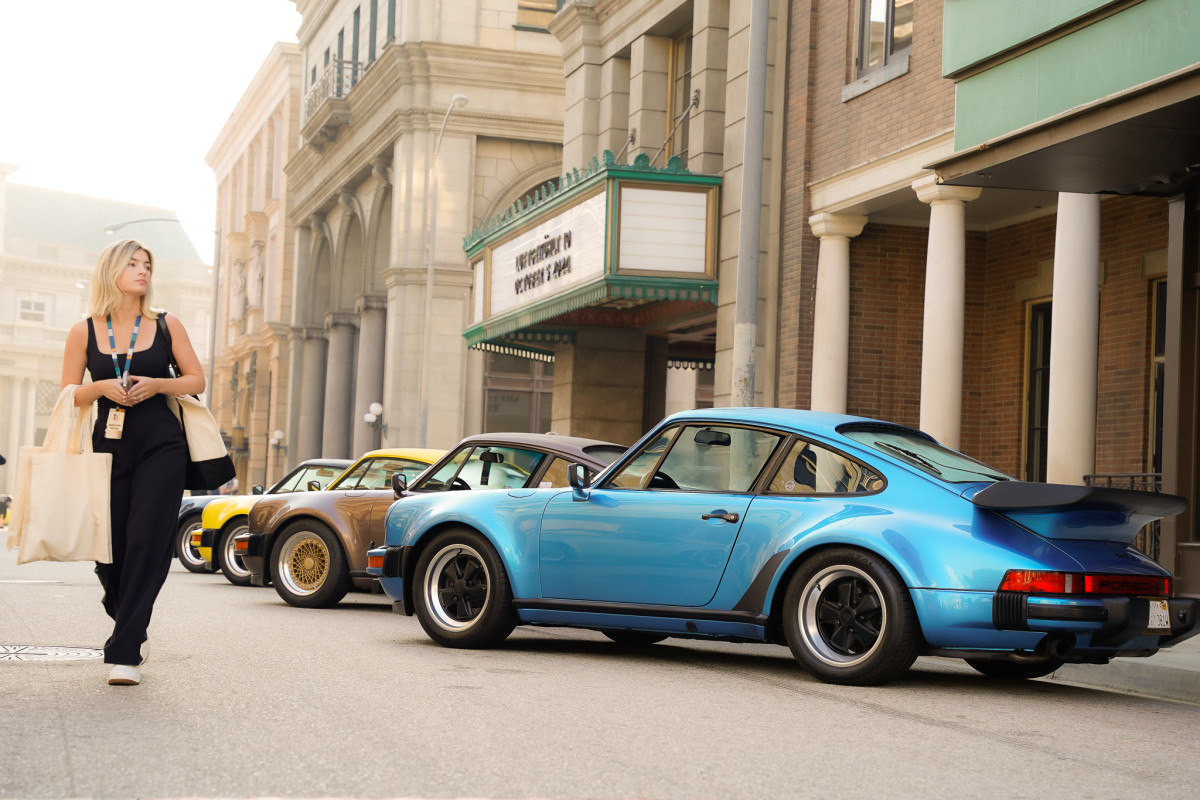
Vijay Sankar
Gabriel – AutoBlog: What are the steps that go into the research and planning process?
Vijay: Know your subject. The best thing about cars is that they usually have a strong personality or popular references associated with them. Research the car’s history and origin story. This could be about the country of the brand, the styling elements, appearances in movies, the purpose of the car, or its sporting achievements.
Attempt to place the car in related environments–an old Italian car will be at home near architecture that harks back to the Roman era. A Japanese car could fit in nicely in a lit-up town at night. A Kei car will be at home in Japantown. The wide-open road or vintage diners suit classic Americana. Recreate or reference pop culture moments. Play with foreground framing elements, and have some fun.
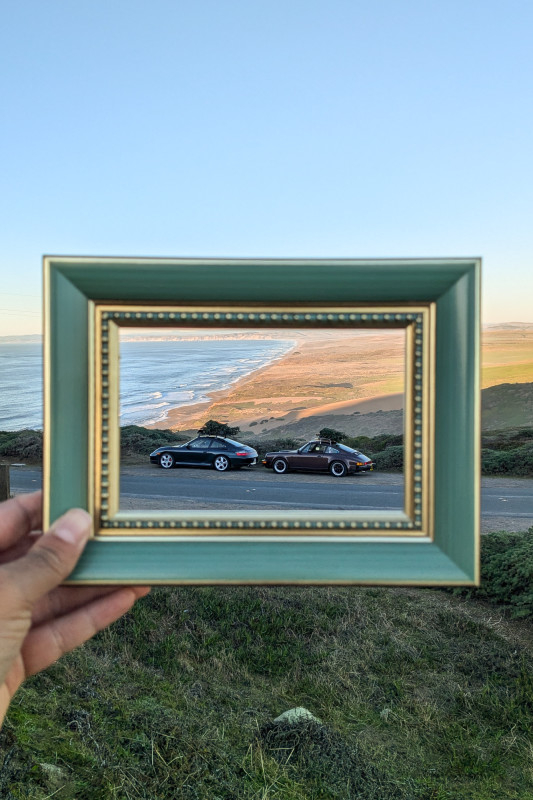
Vijay Sankar
Gabriel – AutoBlog: Do you stick to a theme while shooting cars? What are some good practices to highlight a theme?
Vijay: Sticking to a common theme can elevate your work and help it stand the test of time. Incorporating props, lighting, and human subjects are some ways to create interesting narratives. Being aware of the car’s history is very powerful.
For instance, bringing together a DeLorean and a Cybertruck bound together by their bare steel panels, futuristic outlook, and contentious creators has the potential for a high thematic impact. On the other hand, you can go the playful route and shoot a yellow Kei car surrounded by a heap of rubber duckies at the edge of a water body. The irony of multiple ashtrays in old Italian cars should not be lost on you. Always take the car on a road trip if you can.
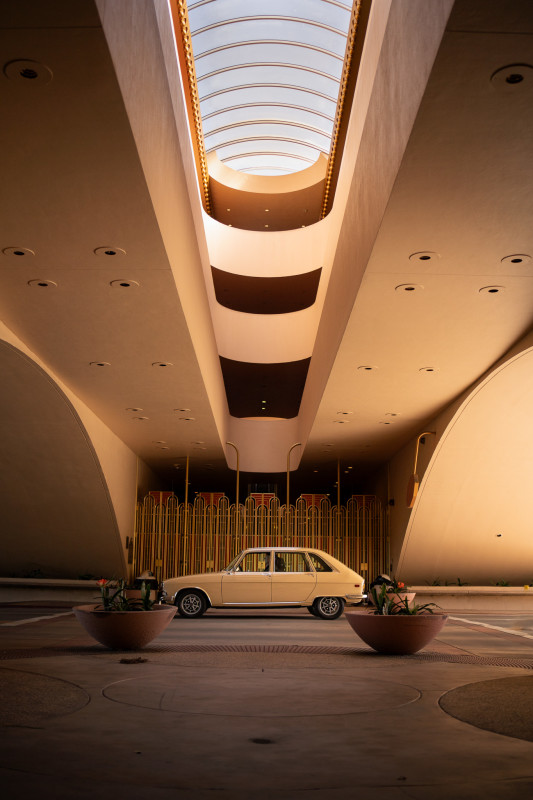
Vijay Sankar
Gabriel – AutoBlog: What camera gear and accessories do you recommend for producing the best results?
Vijay: Having quality gear is always important, but it is not going to define your work. A trusty full-frame camera with a 24-70mm lens can cover almost all your needs in automotive photography, save for trackside work that may demand longer lenses. Crisp focus, creamy bokeh, and perfect details are all great, but so are the larger environments wherein you place the car.
Always remember to show the subject with its surroundings to set the scene–a shorter focal length, like 35mm, is helpful for this. Do not fill the entire frame with the car; let the car be a part of the big picture. If you start off your photography with a phone camera, framing details of the car will be a good exercise, but phone cameras have now progressed to the point where they can capture entire scenes without too much distortion.
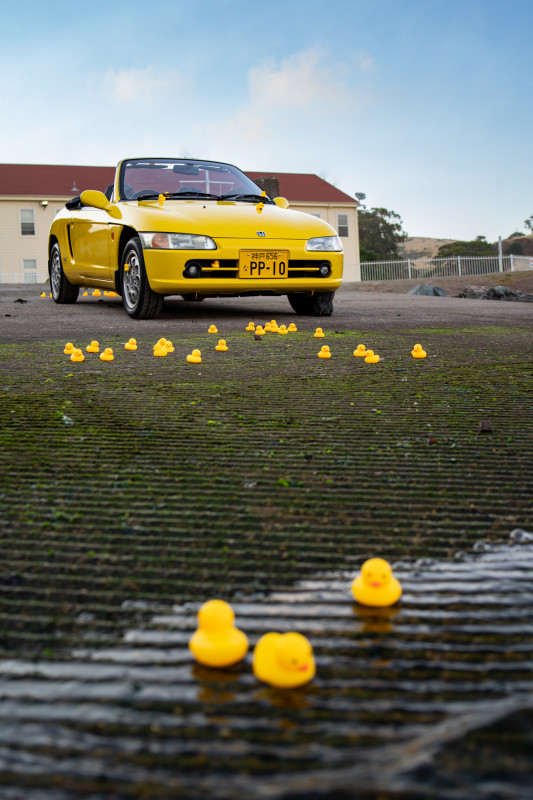
Vijay Sankar
Gabriel – AutoBlog: In contrast to your planned work, how do you approach unplanned scenarios and identify good opportunities?
Vijay: Keep your eyes open for serendipitous color-matching! In January last year, I was attending a rally in Northern California that started at a winery. It had everything that epitomized the wine country: vineyards laden with grapes, crisp morning air, vintage European cars, and architecture to match.
A yellow-ochre Alfa Romeo was one of the early arrivals. It was parked on its own when a lady wearing a matching sweater happened to pass by, taking in the view of the Bertone styling. While it was chance that made for this image, it’s all about being present and working with the setting on offer. Use weather conditions and challenging lighting to your advantage–a rain shower could sometimes liven up photos with added dimensions of reflections and spray in the air, while a foggy evening is sometimes more interesting than a clear sunset if you use it to your advantage.

Vijay Sankar
Gabriel – AutoBlog: What are some common assumptions about photography that you had to unlearn during your experimentation?
Vijay: Don’t be afraid to go against the established rules of lighting. Conventional wisdom advises you to shoot with the light source behind you; however, doing the opposite can result in some appealing effects, such as dispersion and lens flare. Play with long and short exposures, and paint with your camera. Push yourself to shoot in harsh midday lighting and in very low light. You could use these scenarios to selectively expose and highlight iconic design elements of cars when placed strategically across light and shadow. Lean into imperfections. Perfect focus and orientation can be done away with in exchange for motion blur, grain, and interesting framing.
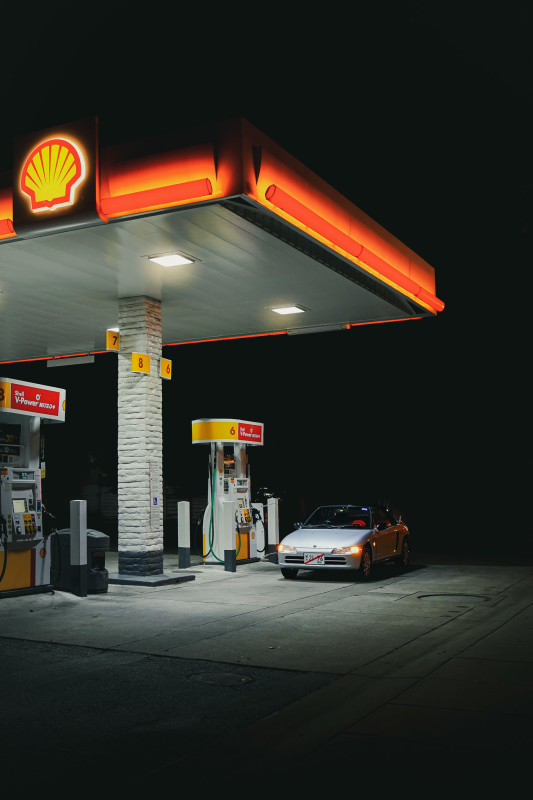
Vijay Sankar
Gabriel – AutoBlog: What advice do you have for those aspiring to publish their work in magazines and other reputed media?
Vijay: Learn to identify and tell a story. The field of automotive photography would not be as rich and celebrated as it is now had it not been for the enthusiast community surrounding it. The best way to elevate your work is by being present and engaged in the community and by continuously honing your craft. Once you reach a good level of expertise, you can start reaching out to print media and online outlets like SpeedHunters.
As long as you are actively engaged in person with the community and its events, there will always be opportunities that present themselves. Group shoots with cars of the same feather are a great way to build a story and interest. Being a generalist also helps because some outlets like having a skilled photographer and writer packaged in one.
Find out more about Vijay’s work here.
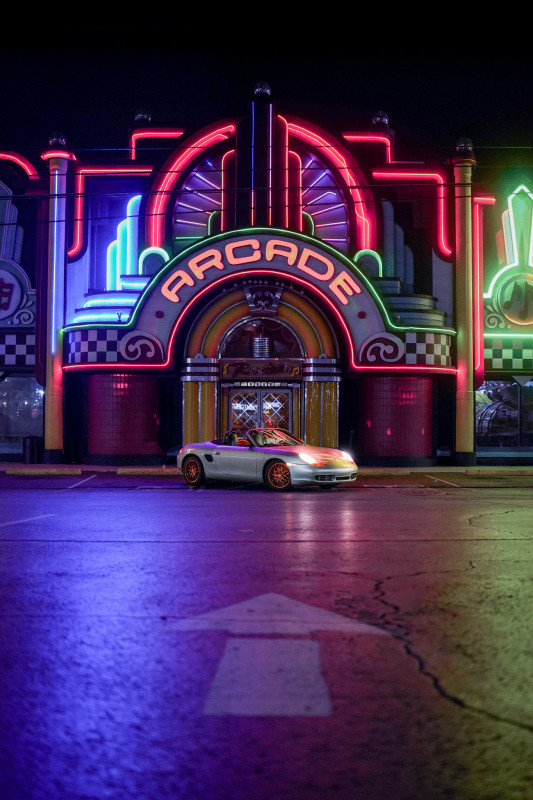
View the 29 images of this gallery on the
original article